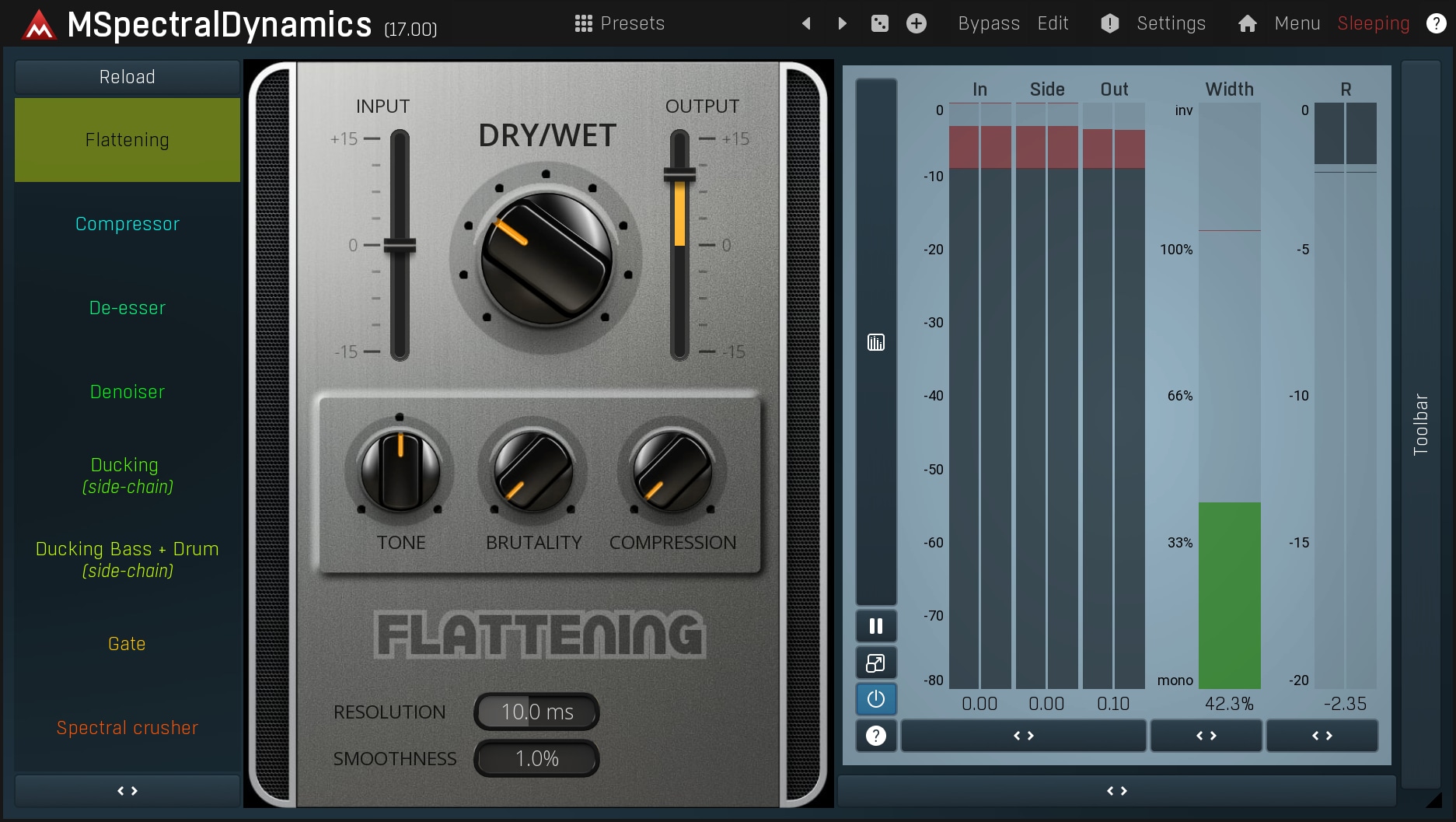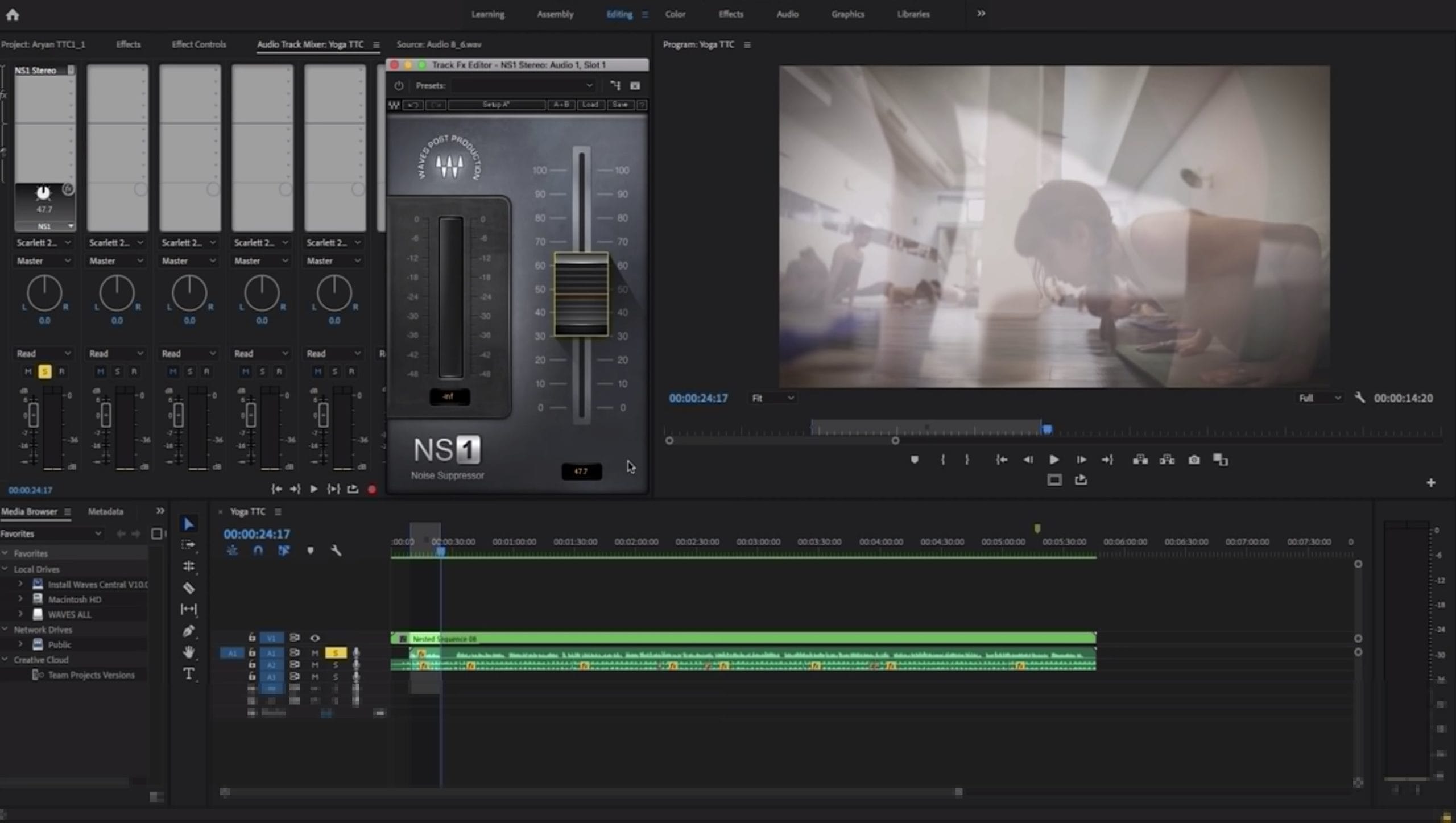
Here’s and example of a rough snare recording with no gating: This use of gating can be applied to any recording or sample you’re working with. Once your gate is correctly applied, your snare sound should be isolated from other sounds in the recording and thus more easily manipulated in the mix. So why is this bad? Well, if you want to make edits or add FX to just your snare, you need to isolate that snare in the recording without any of the other drums’ transients. Even with directional mics, you’ll still pick up some of the other drums (plus any room noise) in your recording. When you’re recording live drums, you’ll likely have the whole kit playing/recording simultaneously in a single room. Seeing (and Hearing) Noise Gates In ActionĪ classic use of gating is cleaning up a snare recording. Here is what a standard gate looks like in Ableton Live: It’s also sometimes called the Floor depending on your plugin or gear. Rather than eliminating the noise entirely, it can be controlled and limited. Range (measured in dB): The amount (dB) of signal the gate allows to pass even when it is closed.Release (measured in mS): Time that it takes for the gate to fully close after the signal falls below the threshold.Hold (measured in mS or S): A minimum amount of time that the gate must stay open after the threshold is exceeded.Attack (measured in mS): Time that it takes for the gate to open fully once the threshold is exceeded.Threshold (measured in dB): Specifies the point at which the gate opens.

Open and Closed are the basic modes of operation, but the signal can be further shaped and structured by the different controls of a gate. Simply put, your threshold setting determines what sound gets in and what sound does not. When the signal’s amplitude is greater than the amplitude set by the threshold the gate opens and lets that volume of signal pass freely through the gate. When the signal’s amplitude is less than the amplitude set by the threshold the gate stays closed and keeps that range of signal out. Whether the gate is open or closed to a specific volume is determined by the threshold. When the gate is closed, the audio is attenuated. When the gate is open audio passes through freely. Think of gates working like, well, real gates! Gates have two basic modes: Open and closed. Gates work well on any sounds in a signal that may be quieter than the desired sound you are capturing (like a snare, or a tom).
FREE DENOISER PLUGIN CUBASE HOW TO
Gates get rid of all that and let you shine! So now that you know what they are, and what they fix, here’s how to use them… Other instruments caught in the recording.So compressors make the loud parts of a signal quieter (more regular throughout) whereas gates make the quieter parts even more quiet (removing unwanted noise). However, where compressors attenuate, or lower, any volume that goes above the threshold, gates attenuate any volume that falls below the threshold. Gates and compressors work on similar principles: they both affect volume in relation to a threshold (measured in dB). Gates and compressors, like all dynamic processors, work specifically on the amplitude, or volume, of an audio signal-not the pitch.
FREE DENOISER PLUGIN CUBASE FREE
Noise Gates are part of the same dynamic processors category as your other common mixing tools like compressors, limiters, and de-essers.Īudio Gates come in many different forms: From free plugins to expensive hardware and everything in between. Noise gates lower the volume of a signal when that volume drops below a certain level, called a threshold. Noise Gates, also known as gates or audio gates, are a type of dynamic processor that controls the volume of an audio signal. In this article I’ll show you all you need to know to get started using gates like a pro, including a handy step-by-step guide. When used correctly, noise gates are a powerful tool that allow you to remove noise and other unwanted sounds from your signal. So how do you combat nasty noise and ensure that you’re getting a cleaner signal for better overall mixing? Unwanted noise in your audio signal is one of the most common-and annoying-issues in recording. The goal for all the individual tracks is to sit well in the mix and sound clear, concise and present…īut noise sabotages that effort. Your mix is where you translate your creativity into a polished finished product.

It’s woven into the beautiful audio that we work so hard to record-often not by choice.


 0 kommentar(er)
0 kommentar(er)
